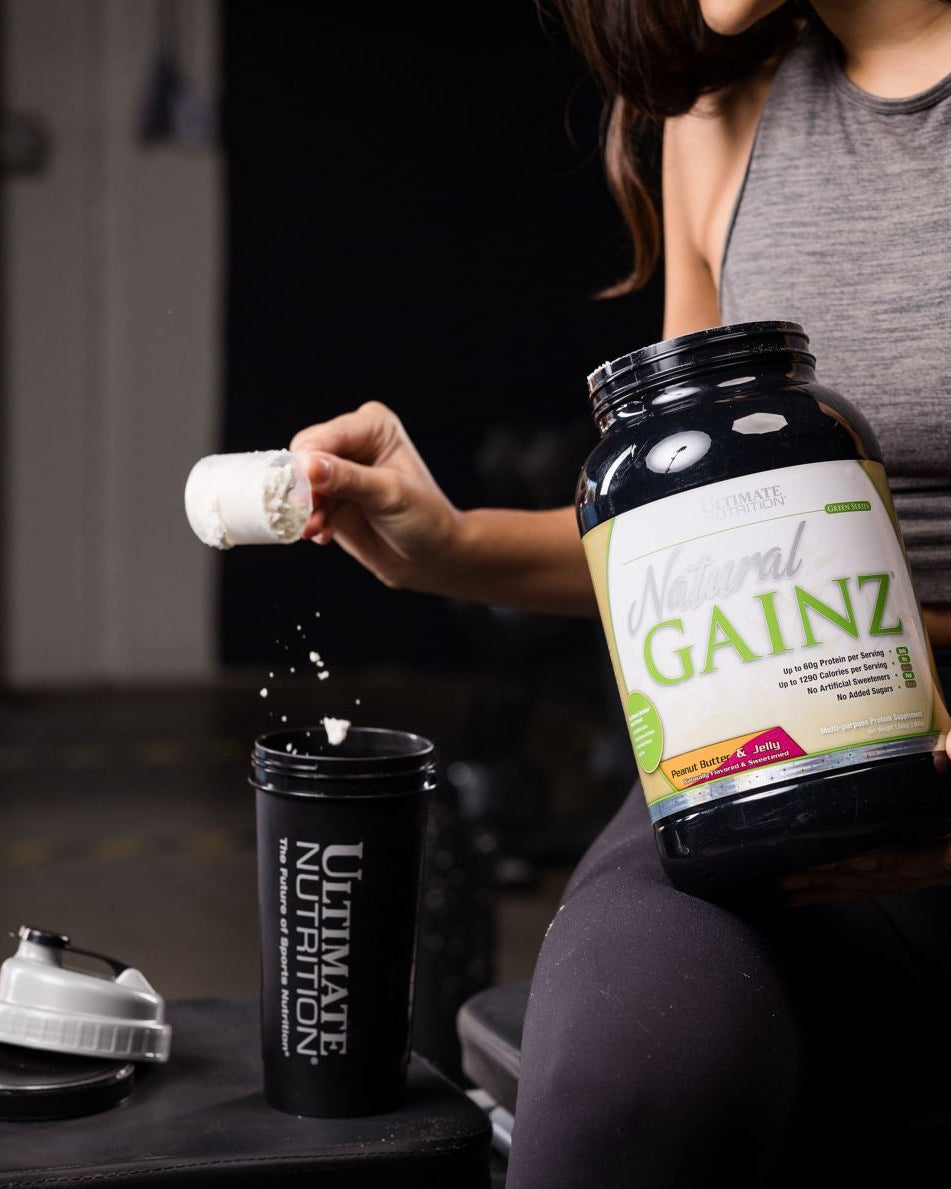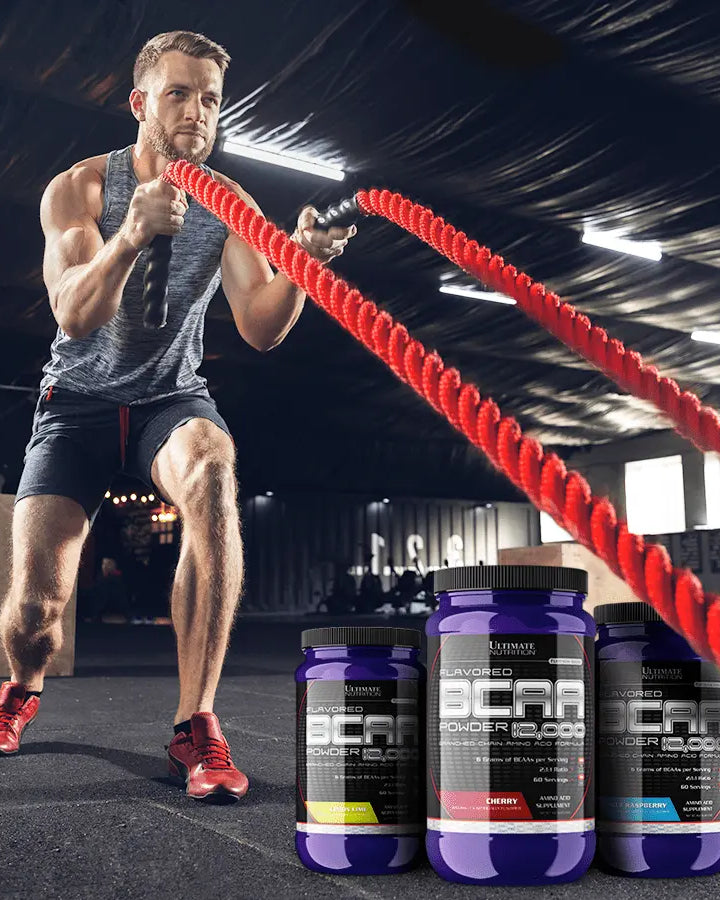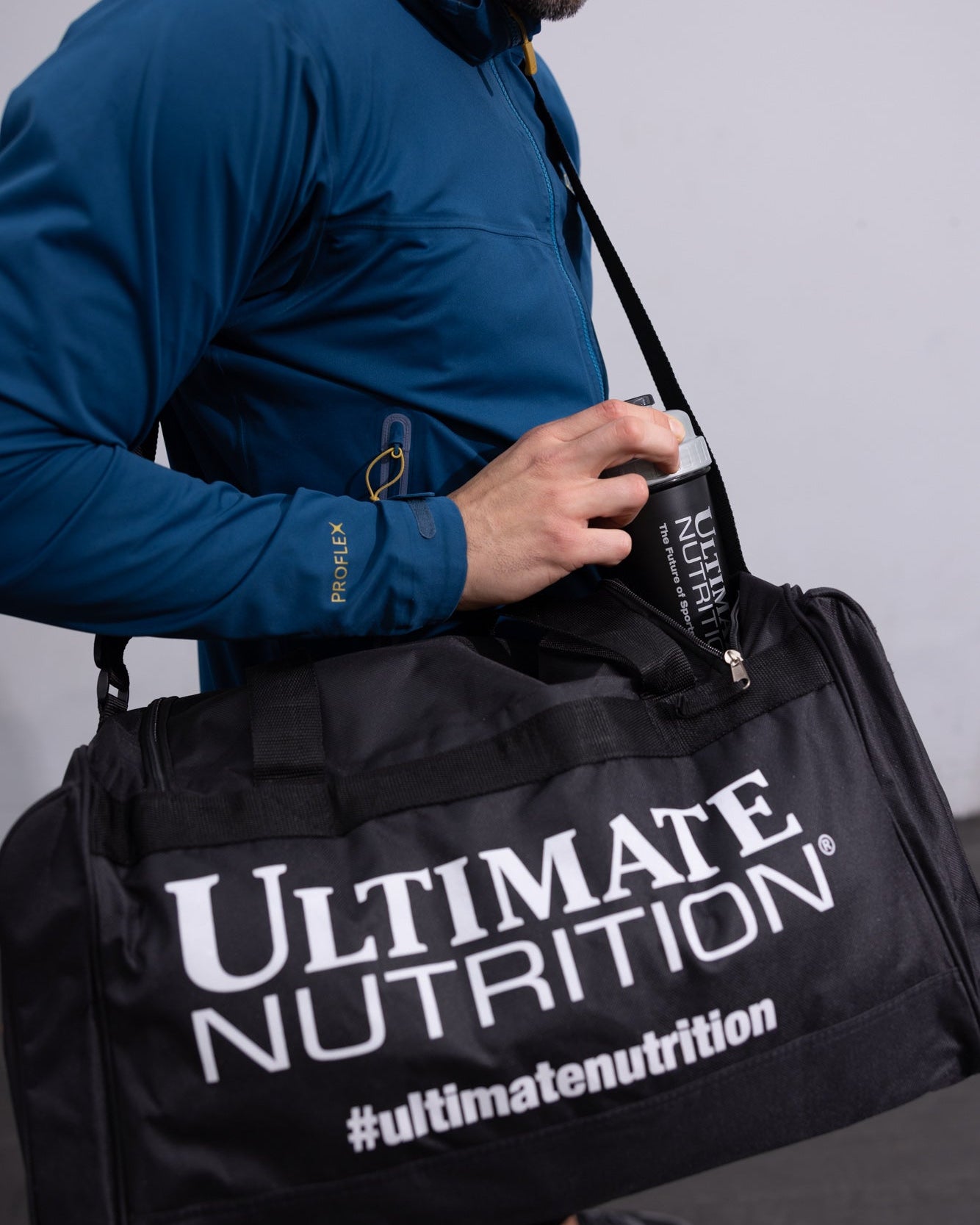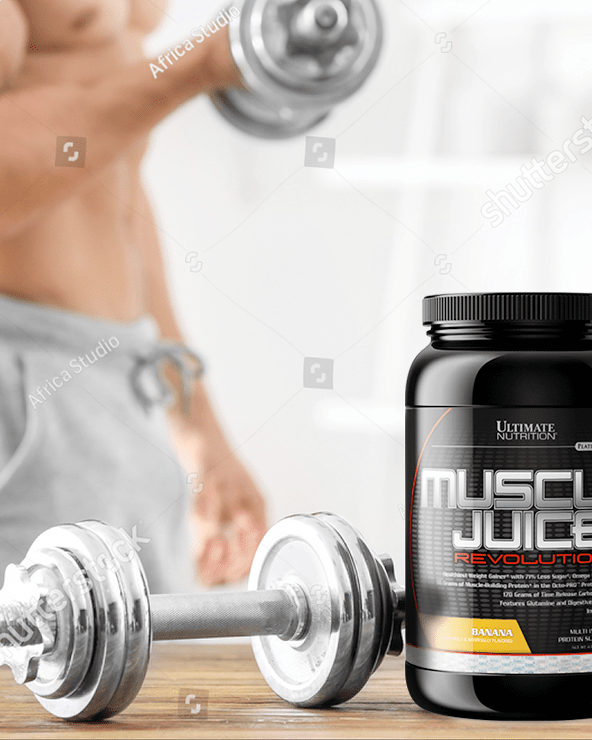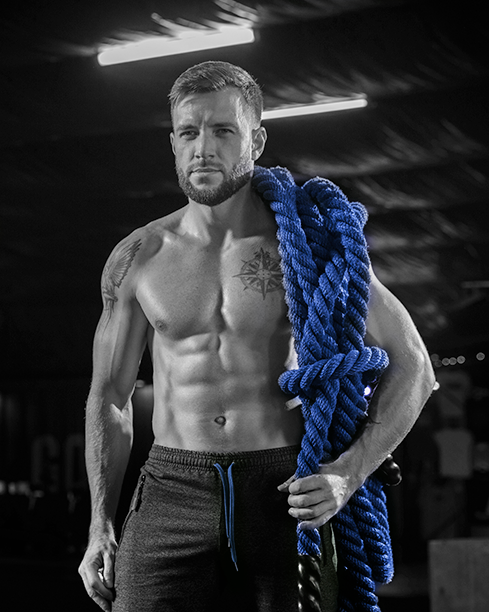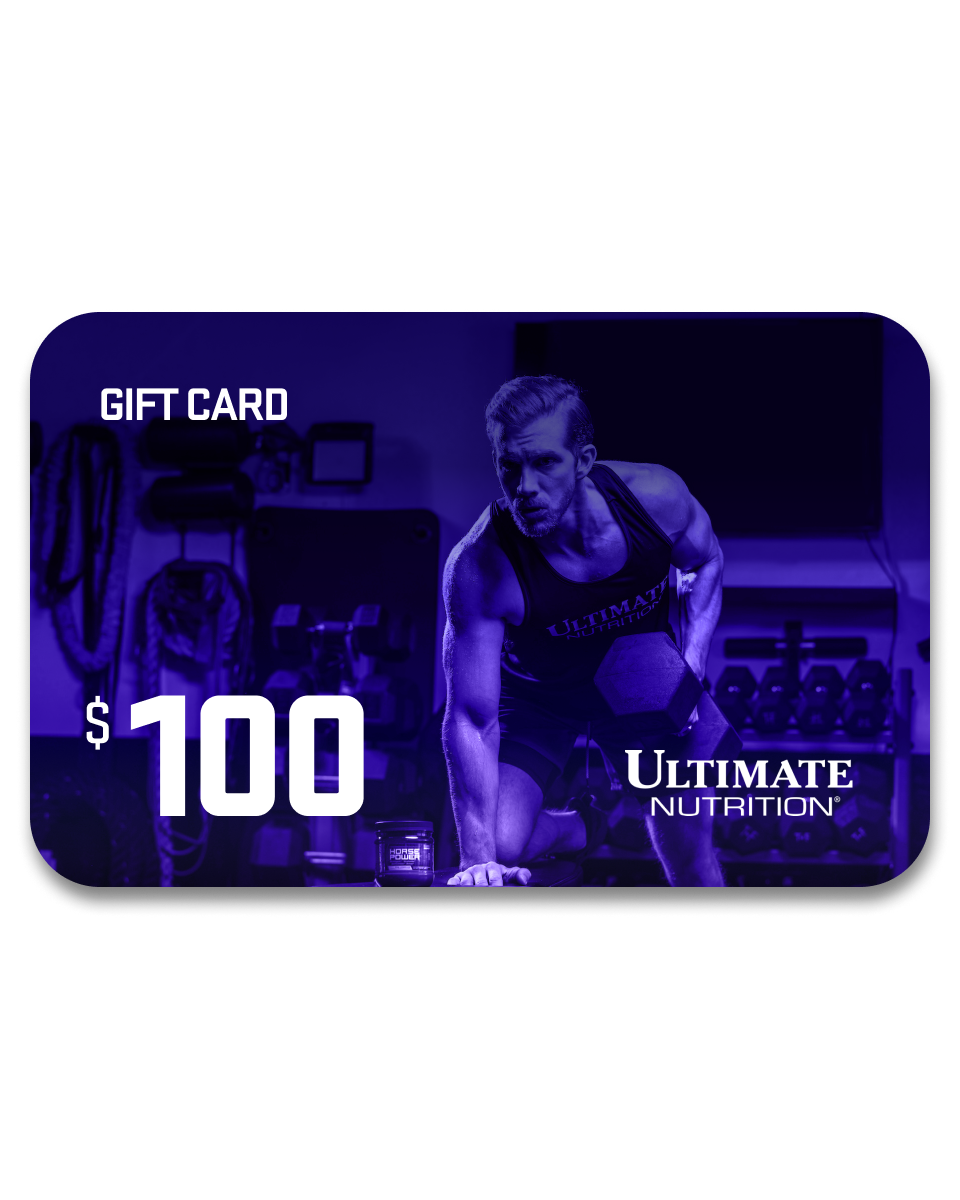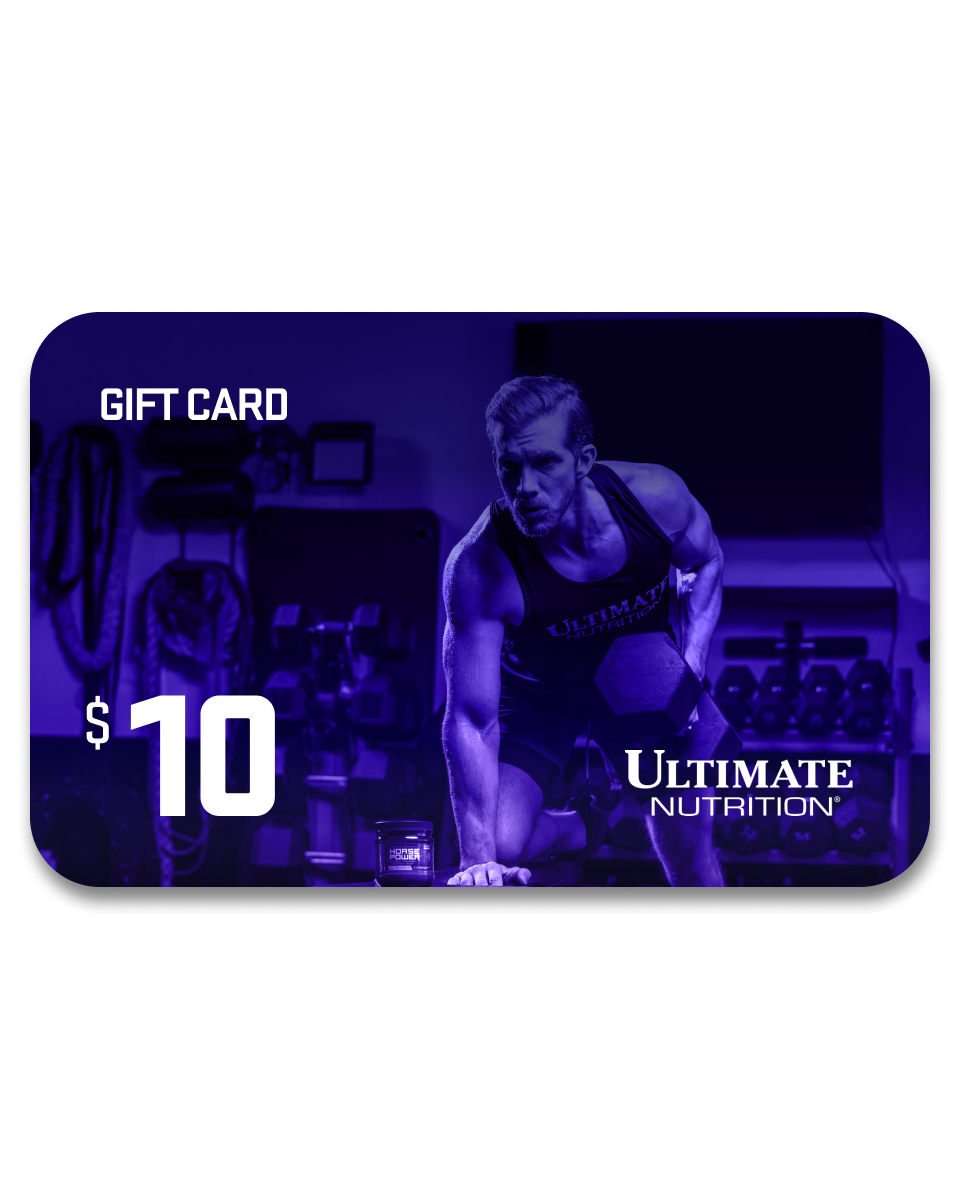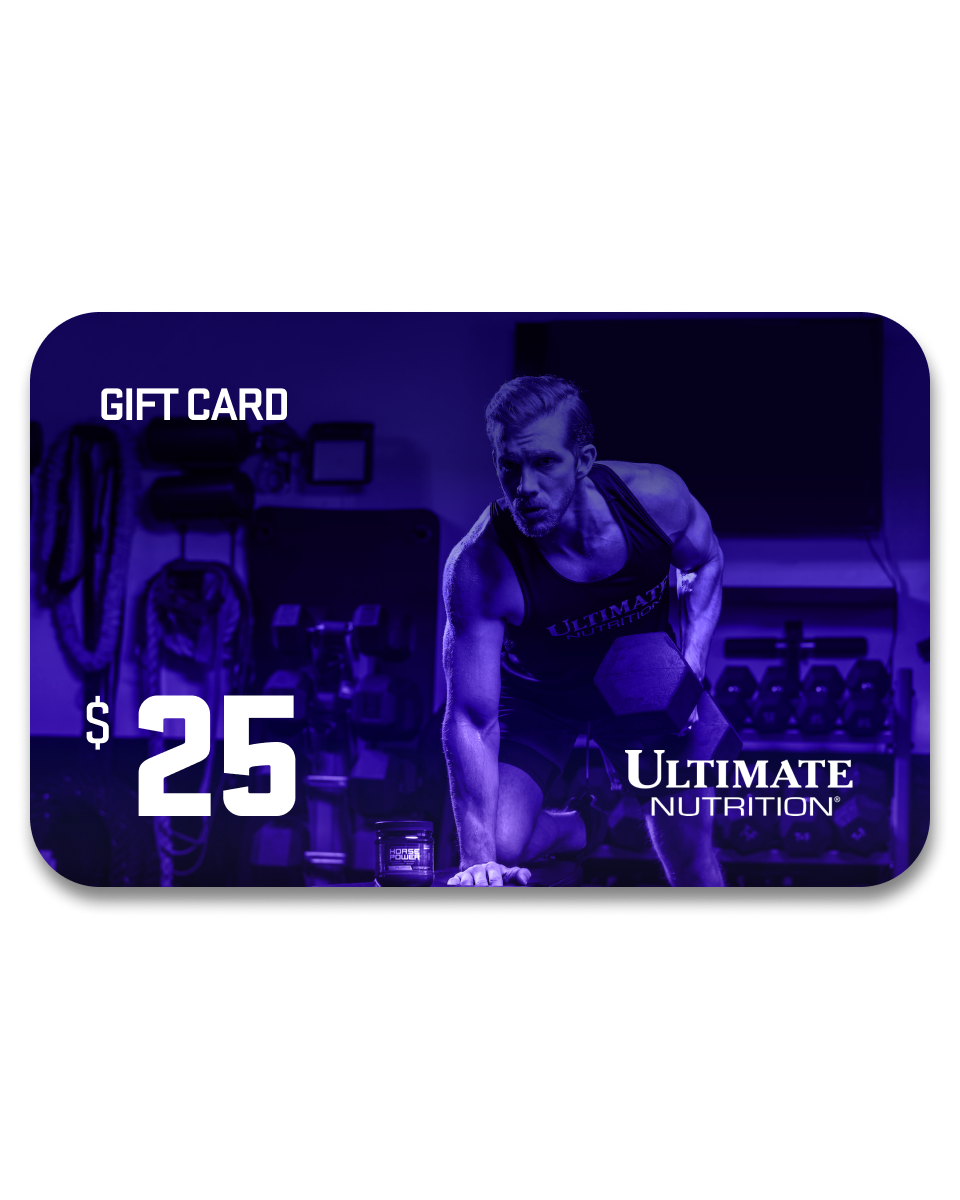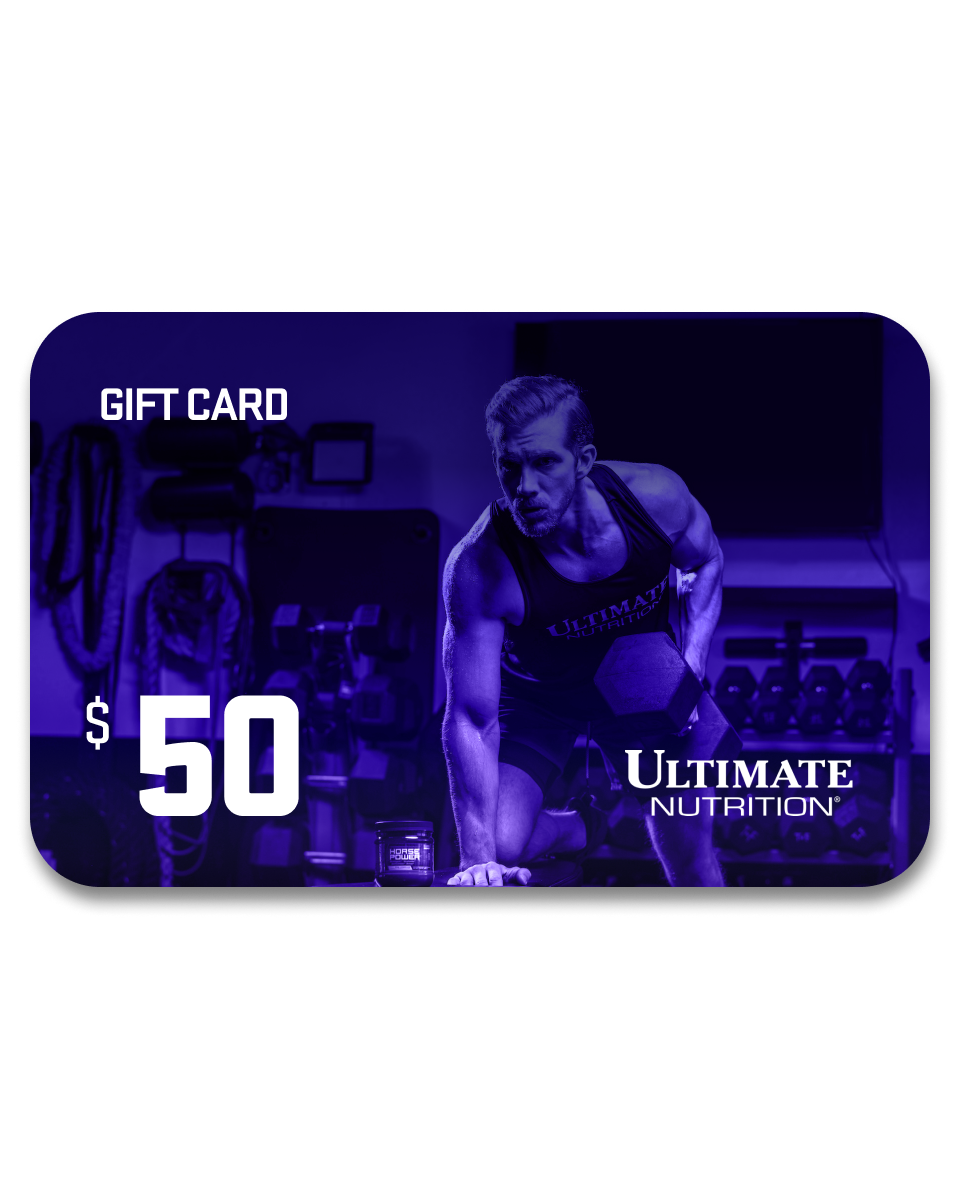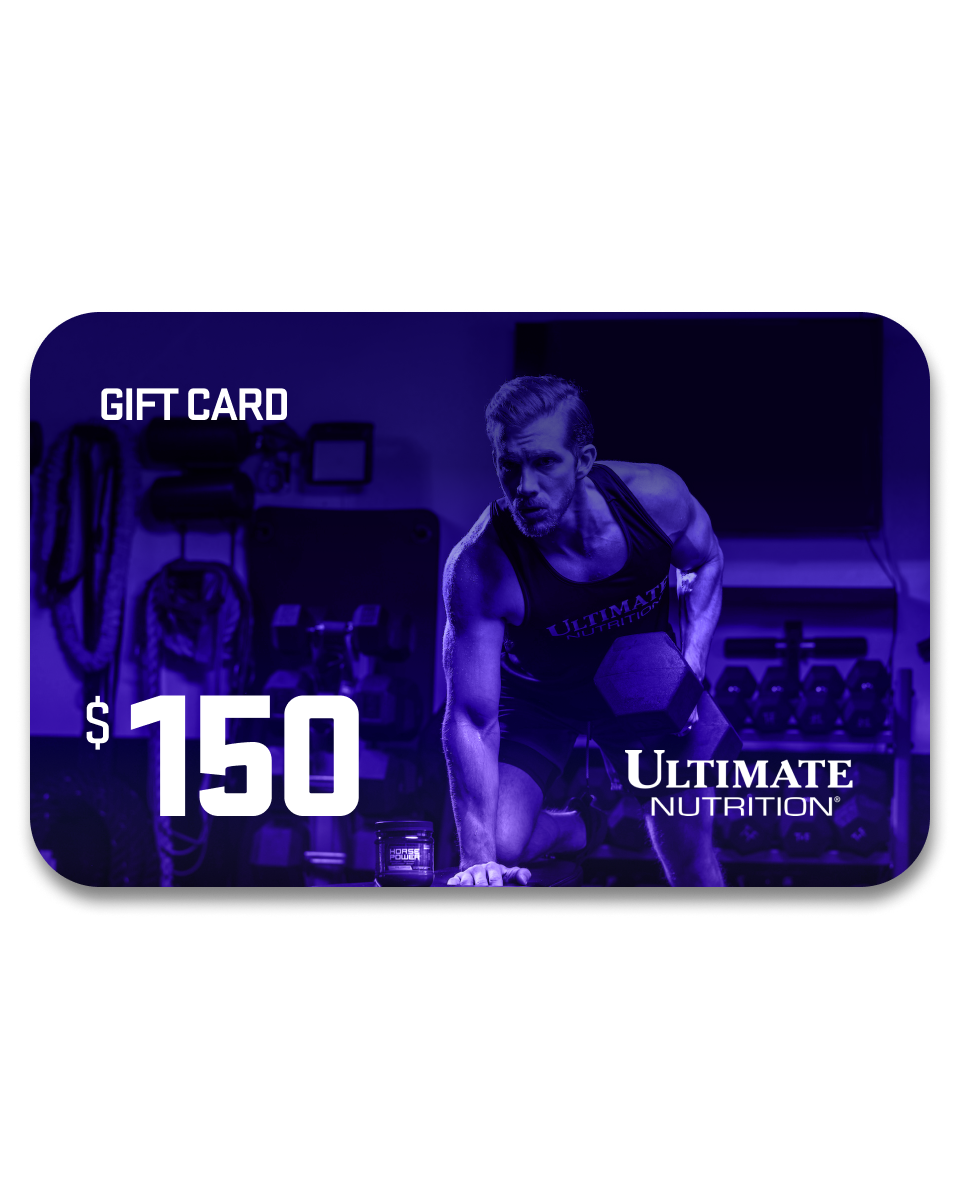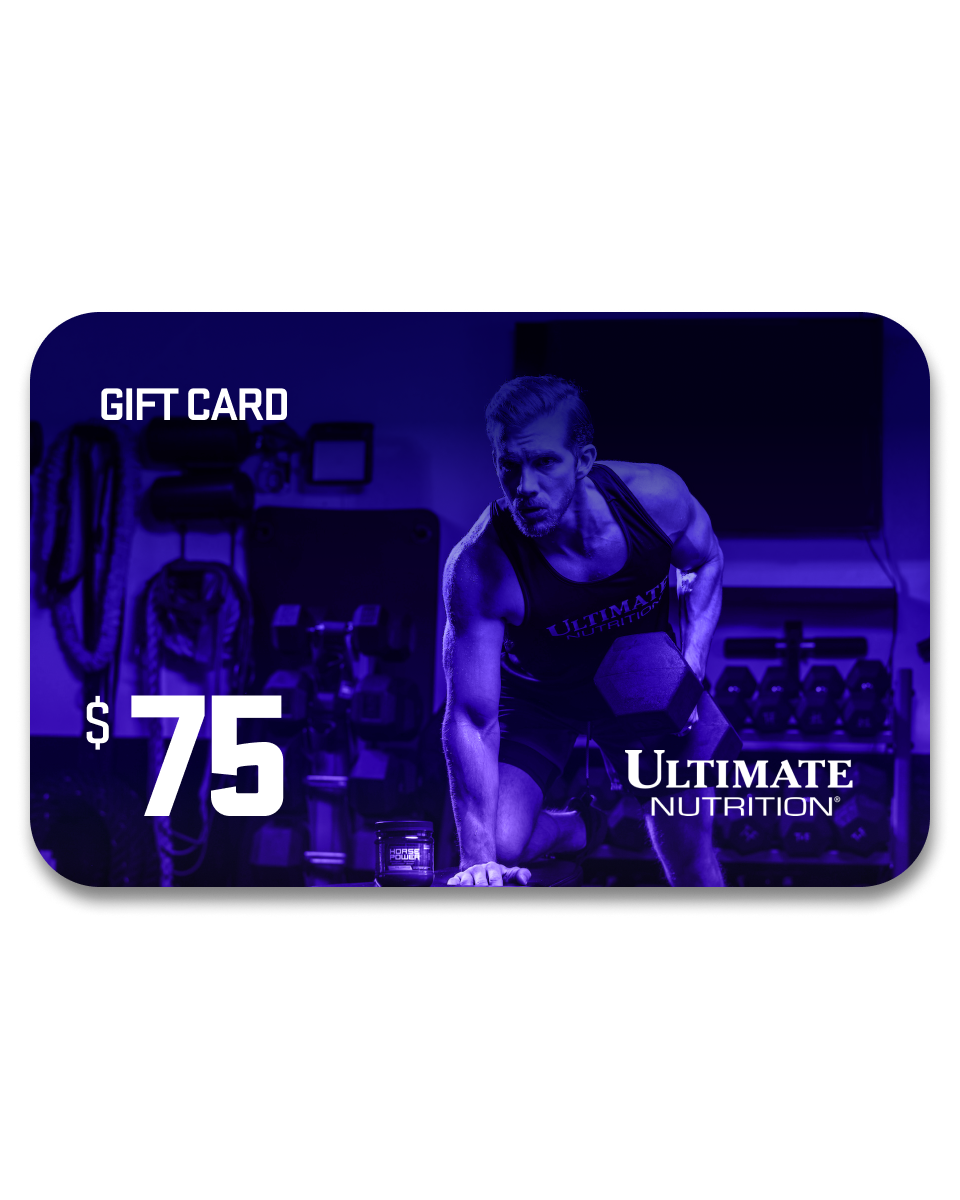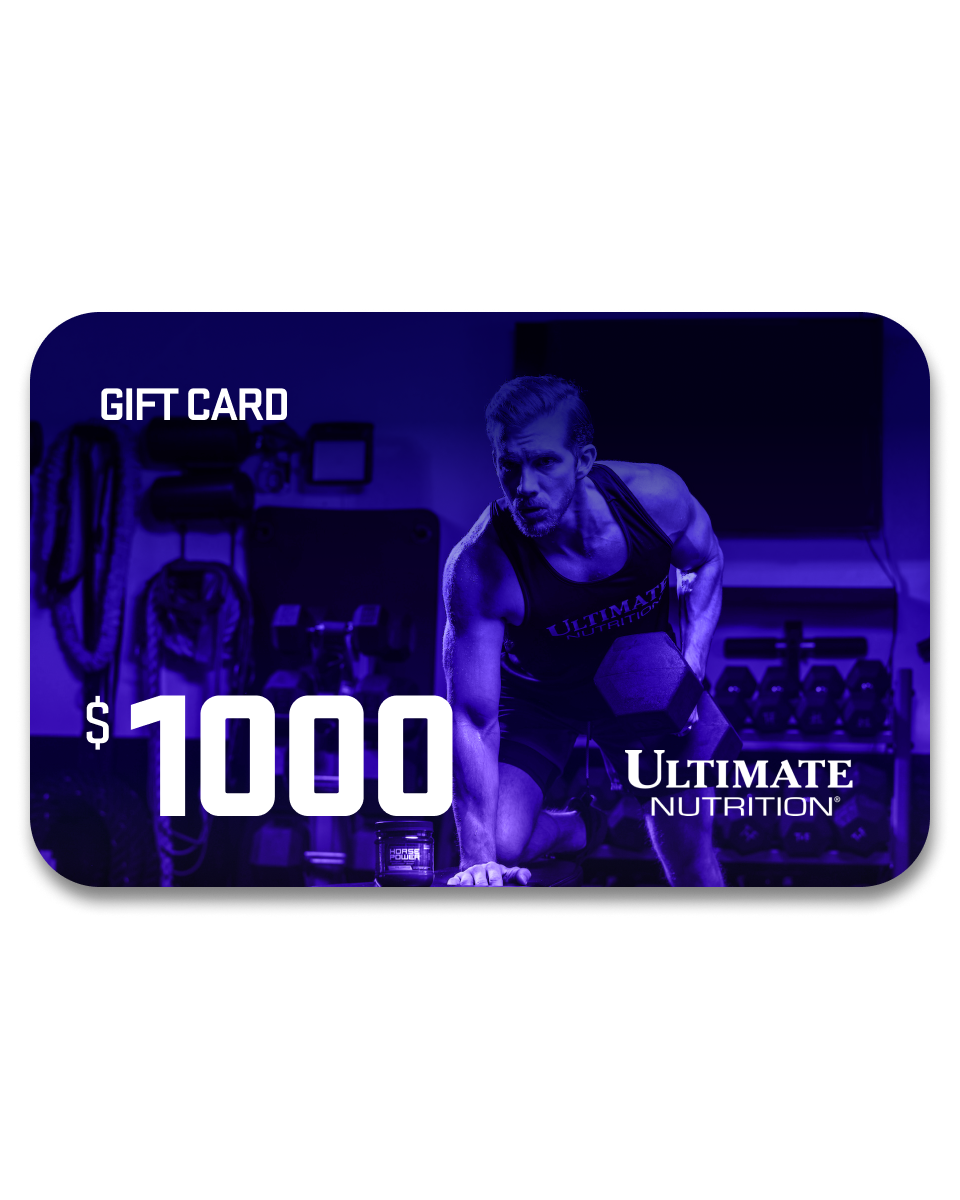We've all experienced that sinking feeling that comes with a muscle strain. Whether it happened on the running track, during a spirited game, or in a simple twist or turn gone wrong, the sudden pull and ensuing pain are enough to pause any activity.
The road to recovery may seem daunting, but effectively managing a muscle strain can dramatically shorten your downtime and restore your performance levels sooner than you might think.
Follow this guide to support your body's natural healing process and help ensure your recovery is as quick and thorough as possible.
Muscle Strain Treatment: Common Questions
It's natural to have questions about the injury, especially concerning its nature and the recovery process.
What is a Muscle Strain?
A muscle strain is an injury to muscles or tendons, which are the tissues that connect muscles to bones. Strains occur when these tissues overstretch or tear, leading to symptoms like pain, weakness, and swelling.
What’s The Difference Between a Strain and a Sprain?
Sprains and strains result from trauma or overuse but affect different body parts.
In contrast, a sprain involves the ligaments, the tissues that connect bones at a joint. Sprains happen when these ligaments stretch beyond their limits during movements, such as twisting, resulting in pain, bruising, and joint instability.
How Long For Muscle Strains to Heal
The healing time for muscle strains can vary significantly depending on the severity of the injury. Strains fall into three grades:
- Grade I Strain: A mild strain where only a few muscle fibers are stretched or torn. Recovery time: two to three weeks.
- Grade II Strain: More injured fibers and more severe muscle pain and tenderness. Recovery time: three to six weeks.
- Grade III Strain: A complete rupture of a muscle or tendon with significant impairment and possibly a "popping" sound when the injury occurs. Recovery time: Several months.

How to Heal Muscle Strain
Here are ten comprehensive tips to help you get back to your best.
#1 Apply Ice Immediately
Immediately applying ice to a strained muscle helps reduce inflammation and pain. The cold constricts blood vessels, reducing blood flow to the area, which decreases swelling and bruising.
Ensure the ice is wrapped in a cloth to prevent skin damage and apply it directly to the affected area for 20 minutes. Repeat this every hour for the first day to optimize the anti-inflammatory effects.
Avoid using heat as it increases swelling and worsens the injury during the initial phase.
#2 Compress the Injured Area
Applying a compression wrap can significantly reduce swelling by applying gentle pressure to the area. This limits the expansion of space available for swelling and supports the injured tissues.
If you experience a pulled calf muscle, wrap with an elastic bandage at the ankle and work your way up to the knee, ensuring the wrap is snug but not tight enough to cause pain, tingling, or cutting off circulation.
Monitor the compression regularly and adjust the tightness to ensure proper blood flow.
#3 Elevate the Affected Area
Elevation is a simple yet effective strategy to reduce swelling. By elevating the injured area above the level of your heart, gravity helps drain the excess fluid that contributes to swelling.
Consistent elevation, especially during the first 72 hours post-injury, can significantly speed up the reduction in swelling.
#4 Rest and Protect the Muscle
Resting the injured muscle is vital to protect it from further injury and to allow the healing process to begin. During the early stages of a muscle strain, avoid activities that cause pain or discomfort.
For example, if you strain your lower back, you should avoid bending, lifting, or sitting for extended periods. Instead, focus on resting and protecting the area to prevent exacerbating the injury.

#5 Begin Gentle Stretching
Once the initial pain and swelling have decreased, gentle stretching can help restore flexibility and promote blood flow. Start with light stretches that do not cause pain.
Deciding Whether You Should Stretch a Strained Muscle
Stretching a strained muscle can be beneficial, but timing and technique are critical.
Always consult with a physical therapist or a healthcare professional to get personalized advice and a stretching routine that’s appropriate for the severity of your strain.
#6 Strengthen Surrounding Muscles
As the pain allows, start strengthening exercises for the muscles surrounding the injury to provide additional support and protection.
If you have injured your shoulder, exercises to strengthen the biceps, triceps, and back muscles can help stabilize the shoulder area.
Begin with low-resistance exercises and gradually increase the intensity as your recovery progresses, ensuring that these activities do not cause pain or discomfort.

#7 Gradually Resume Physical Activity
The return to physical activity should be gradual and guided by the absence of pain. Begin with activities that place minimal stress on the injured muscle, such as walking or gentle cycling, and gradually increase the intensity and duration.
If recovering from a thigh muscle strain, you might start with light walking, then progress to jogging, and eventually return to sprinting, carefully monitoring your body's response to each increase in activity.
#8 Use Physical Therapy Techniques
Incorporating physical therapy can significantly enhance recovery outcomes through personalized exercises and treatments.
Physical therapists might use techniques like ultrasound, manual therapy, and specific exercises tailored to your injury and recovery stage, which help improve mobility, strength, and overall healing.
#9 Monitor Your Progress
It's important to track your recovery progress, noting improvements in pain levels, flexibility, and strength.
Regular monitoring can help you adjust your recovery activities and treatments to ensure optimal healing.

#10 Stay Hydrated and Nutritionally Supported
Hydration and proper nutrition are fundamental for muscle repair. Ensure you drink fluids throughout the day and eat a balanced diet of proteins, vitamins, and minerals.
Foods high in anti-inflammatory properties, such as turmeric, ginger, and omega-3 rich foods like salmon and walnuts, can also aid in reducing inflammation and enhancing muscle recovery.
#11 Optimize Protein Intake for Muscle Repair
Protein is essential for the repair and growth of muscle tissues, especially after a strain. Integrating a high-quality protein powder into your recovery routine can provide the necessary nutrients to help rebuild damaged muscle fibers more efficiently.
- Protein Timing: Consume a protein shake within 30 minutes after any light rehabilitation exercise to take advantage of the anabolic window and enhance muscle recovery.
- Protein Types: Consider a protein powder that contains a blend of fast-absorbing whey and slow-releasing casein to provide immediate and sustained amino acid delivery to your muscles.

Relieve Sore Muscles with Ultimate Nutrition
At Ultimate Nutrition, we recognize that achieving your best performance isn't just about how hard you train and how well you recover.
Our carefully formulated Performance and Recovery supplements support your training goals and recovery needs.
Keep honoring your body and recovering when you need to. It’ll thank you in the long run.
The information provided in our articles are meant for informational and educational purposes exclusively and should not be considered as medical advice. It is essential to consult a healthcare professional before starting a new nutritional product and/or, making significant changes to your diet and/or starting a new exercise regime. These products are not intended to diagnose, treat, cure, and/or prevent disease.

